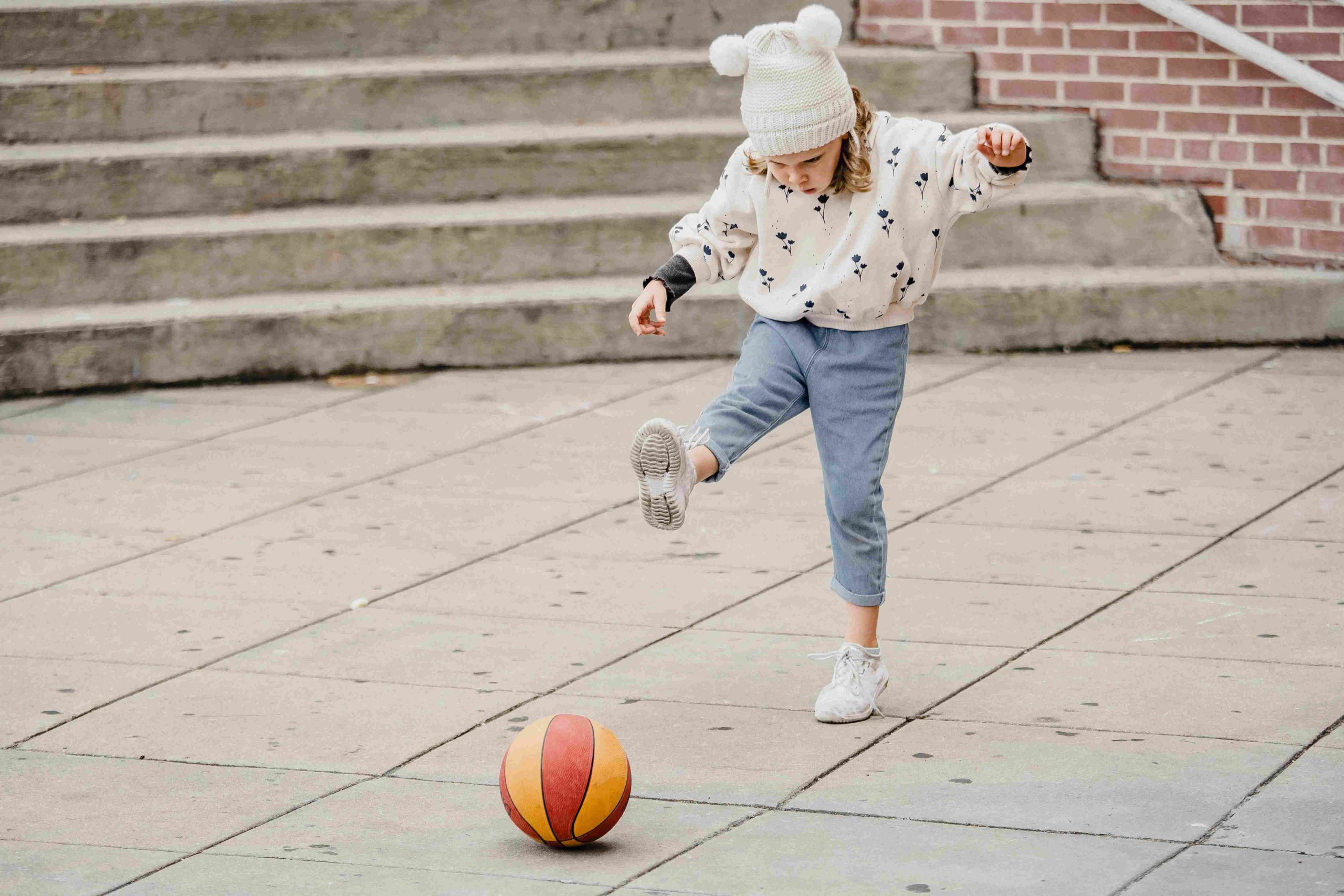
The Power of Creative Play in Early Childhood Development
Nurturing Imagination through Play
The imagination is a remarkable aspect of a preschooler’s mind. Through creative play, preschoolers are given the freedom to invent, create, and explore new ideas. Whether it involves building fantastical structures with blocks or engaging in imaginative role-play, such as pretending to be pirates or astronauts, creative play nurtures and expands their imaginative capabilities. By creating their own worlds and stories, preschoolers develop their ability to think abstractly, problem-solve, and think outside the box.
Enhancing Cognitive Skills
Creative play acts as a catalyst for cognitive development in preschoolers. Engaging in activities like puzzles, building with construction toys, or engaging in arts and crafts stimulates critical thinking and problem-solving abilities. These activities require preschoolers to use their observation, analysis, and decision-making skills, helping to strengthen their cognitive capabilities. Furthermore, creative play promotes language development as preschoolers engage in dialogue, storytelling, and sharing their experiences with peers.
Fostering Social Skills and Collaboration
Playing with others is a fundamental aspect of a preschooler’s social development. Creative play provides an opportunity for preschoolers to engage in cooperative play, encouraging teamwork, negotiation, and compromise. Whether it’s building a fort together, engaging in a pretend tea party, or collaborating on a painting, preschoolers learn valuable social skills such as sharing, turn-taking, and empathy. Through creative play, they develop an understanding of social dynamics and the importance of communication in building relationships.
Emotional Intelligence and Self-Expression
Preschoolers often struggle to articulate their emotions verbally. Creative play provides an outlet for them to express their feelings in a non-threatening and constructive manner. Engaging in dramatic play or creating artwork allows preschoolers to explore and communicate their emotions, which can lead to greater self-awareness and emotional intelligence. By encouraging self-expression, creative play helps preschoolers develop a healthy relationship with their emotions and builds their confidence in expressing themselves.
Motor Skills Development
Creative play is also instrumental in the development of fine and gross motor skills in preschoolers. Activities such as drawing, painting, and sculpting strengthen their fine motor skills, enhancing hand-eye coordination and manual dexterity. Building structures with blocks or engaging in physical activities like dancing or playing sports contribute to the development of gross motor skills, improving balance, coordination, and overall physical fitness. These motor skills are crucial for the future physical development of preschoolers.
The Role of Environment and Materials
To maximize the benefits of creative play, providing an environment conducive to exploration and creativity is crucial. Preschoolers should have access to a wide range of age-appropriate materials, such as art supplies, building blocks, dress-up clothes, and props for imaginative play. These materials spark their curiosity and enable them to engage in various forms of creative expression. A well-designed and stimulating environment encourages independent thinking, curiosity, and exploration.
Encouraging Problem-Solving and Critical Thinking Skills
Creative play is a natural breeding ground for the development of problem-solving and critical thinking skills in preschoolers. Whether they are building structures with blocks, solving puzzles, or engaging in open-ended imaginative play, preschoolers are constantly faced with challenges and opportunities to think critically. Through trial and error, they learn to approach problems from different angles, evaluate outcomes, and adjust their strategies. This process fosters resilience, analytical thinking, and the ability to think creatively when faced with obstacles.
Developing Communication and Language Skills
Creative play provides preschoolers with rich opportunities for language development and communication. Engaging in dramatic play, storytelling, and collaborative activities promotes verbal expression, vocabulary expansion, and effective communication skills. As preschoolers engage in role-play, they practice using language in different social contexts, negotiate roles and scenarios, and express their thoughts and ideas. These experiences lay the foundation for effective communication and language development throughout their lives.
Cultivating Cultural Awareness and Understanding
Through creative play, preschoolers explore diverse cultures, traditions, and perspectives. When provided with materials and resources that represent different cultures, they can engage in multicultural and inclusive play experiences. This fosters an understanding and appreciation of diversity, promoting empathy, respect, and cultural awareness from an early age. By experiencing different cultural contexts through play, preschoolers develop a sense of global citizenship and a curiosity to learn about and celebrate the world around them.
Stimulating Curiosity and a Love for Learning
Creative play ignites curiosity and a thirst for knowledge in preschoolers. It sparks their innate desire to explore, discover, and make sense of the world. By engaging in hands-on, experiential play, preschoolers actively seek out new information, experiment with ideas, and make connections between concepts. This natural curiosity cultivated through creative play lays the foundation for a lifelong love of learning and fuels their motivation to explore various subjects and disciplines.
Promoting Emotional Regulation and Resilience
Emotional regulation and resilience are crucial life skills that can be nurtured through creative play. When preschoolers engage in imaginative play, they often encounter challenging scenarios and emotions. Through role-play and storytelling, they learn to navigate and make sense of these emotions, practicing self-regulation, problem-solving, and emotional resilience. Creative play provides a safe space for preschoolers to explore and process their feelings, helping them develop emotional intelligence and coping strategies.Bridging Home and School Environments
Creative play acts as a bridge between home and school environments, facilitating a seamless transition for preschoolers. When play experiences incorporate elements from their home lives, such as familiar objects or cultural practices, it helps them feel a sense of belonging and continuity. By integrating aspects of their home environment into play, educators and caregivers create a nurturing and inclusive space that honors and values their unique backgrounds and experiences.
Nurturing a Sense of Self and Identity
Creative play plays a vital role in the formation of a preschooler’s sense of self and identity. Through imaginative play, they explore different roles, experiment with personal preferences, and express their individuality. They learn to understand and appreciate their own strengths, interests, and talents, fostering a positive self-image and building self-confidence. By embracing their uniqueness through creative play, preschoolers develop a strong sense of self and an understanding of their place in the world.
Encouraging Risk-Taking and Innovation
Creative play provides a platform for preschoolers to take risks, try new things, and embrace innovation. When engaged in open-ended play, they have the freedom to experiment, make mistakes, and learn from them. This process cultivates a growth mindset, resilience, and a willingness to think outside the box. By encouraging risk-taking and celebrating innovation, educators and caregivers empower preschoolers to become confident, creative problem-solvers who are unafraid to take on challenges.
Sustaining Playfulness and Joy in Learning
Creative play is inherently joyful and fosters a love for learning. It allows preschoolers to experience the sheer pleasure of exploring, creating, and engaging with the world around them. By infusing playfulness into the learning environment, educators and caregivers can create a positive association with education, setting the stage for a lifelong love for learning. Sustaining playfulness and joy in learning ensures that preschoolers approach new experiences with enthusiasm, curiosity, and an open mind.
Integrating Technology and Digital Play
In today’s digital age, it is important to explore the role of technology in creative play for preschoolers. Thoughtful integration of technology can enhance their play experiences and expand their opportunities for creativity and learning. Educational apps, interactive storytelling, and digital art tools can provide new avenues for self-expression, problem-solving, and imaginative exploration. However, it is essential to use technology in moderation and ensure that screen time is balanced with other forms of play and real-world experiences.
Supporting Play in Challenging Times
During challenging times, such as the current global pandemic, creative play becomes even more critical for preschoolers. Play serves as a coping mechanism, helping them navigate uncertainty, express their emotions, and maintain a sense of normalcy. In times of restricted social interaction, remote learning, or limited access to resources, educators and caregivers can find innovative ways to support creative play through virtual platforms, at-home activities, and fostering a sense of connection and engagement.
Encouraging Parent-Child Engagement in Creative Play
Parents play a vital role in fostering creative play at home. Encouraging parents to actively engage in play experiences with their preschoolers strengthens the parent-child bond and enhances the benefits of creative play. Educators can provide resources, ideas, and guidance to parents on incorporating creative play into daily routines and creating a nurturing play environment at home. Parent-child play interactions promote language development, social-emotional growth, and a deeper understanding of each other’s perspectives.
Celebrating Process over Product
When it comes to creative play, it is important to celebrate the process rather than focusing solely on the end product. The joy and learning lie in the exploration, experimentation, and personal expression that take place during play. Emphasizing the value of effort, creativity, and individuality rather than seeking perfection or predetermined outcomes allows preschoolers to develop a sense of pride, intrinsic motivation, and a willingness to take creative risks.
The Role of Reflection and Documentation
Reflection and documentation play a crucial role in maximizing the benefits of creative play. By observing and documenting preschoolers’ play experiences, educators and caregivers gain insights into their development, interests, and growth over time. Reflection allows for intentional planning, adjustments, and individualized support to nurture each preschooler’s unique needs and abilities. Through documentation, preschoolers can revisit and reflect on their own play experiences, deepening their understanding and self-awareness.
as educators, parents, and caregivers, we have a responsibility to create an environment that values and prioritizes creative play for preschoolers. Here are some practical ways to incorporate creative play into their daily routines:


